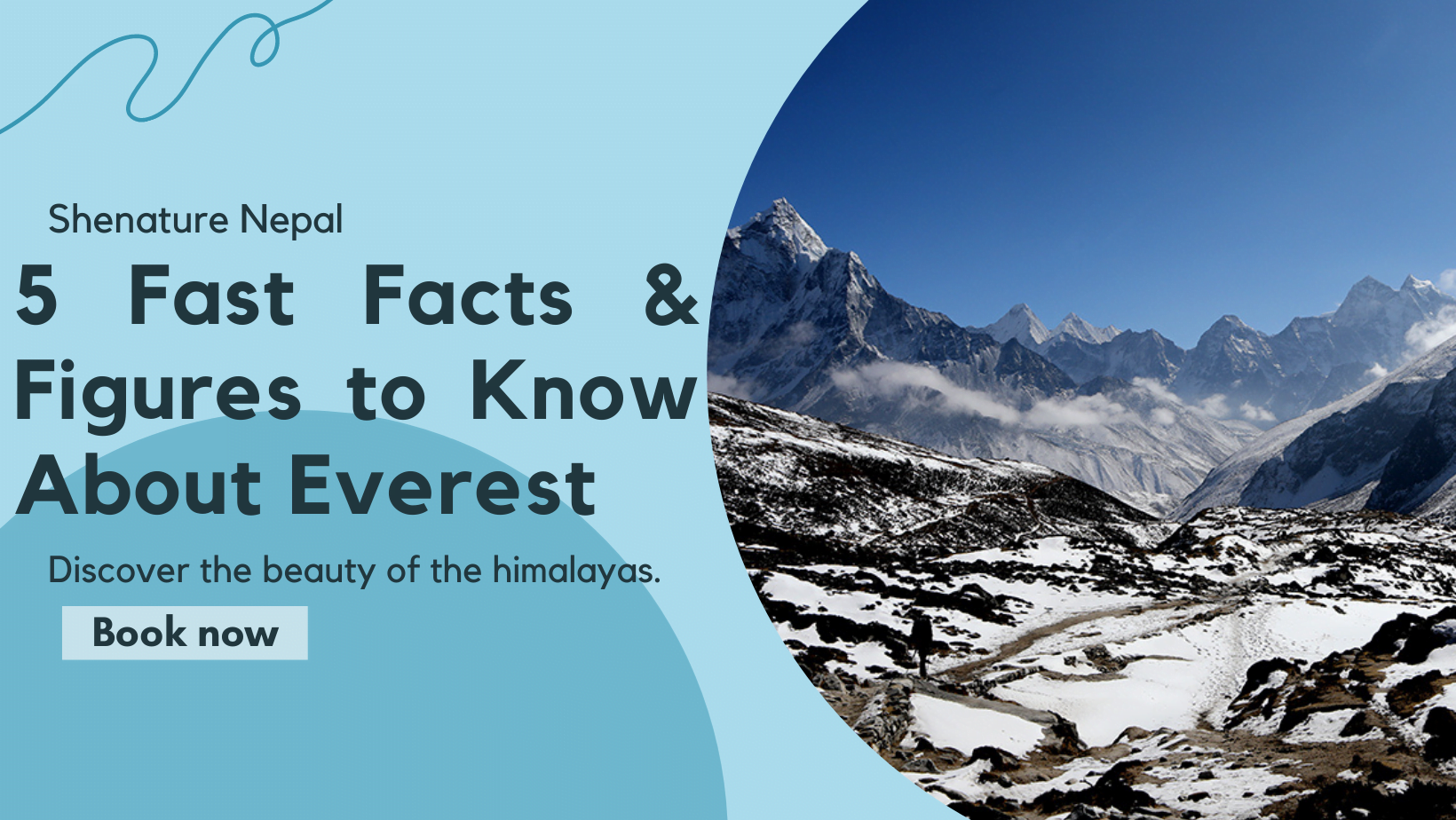
5 Fast Facts & Figures to Know Before Climbing Mount Everest
For the avid traveler, few experiences can compare to conquering one of the world’s tallest mountains. If you’re looking for a challenge that will both test and reward your fortitude, climbing Mount Everest is an experience not soon forgotten. Here are 5 fast facts and figures about what it takes to climb Mount Everest.
1) The Average Length of Time It Takes To Climb Mount Everest
Depending on your route and the number of rest days taken, it takes anywhere from two to three months to climb Mount Everest. This includes the time it takes to acclimatize as well as any delays due to weather or other obstacles.
2) The Equipment Needed
Climbing Mount Everest requires a significant amount of specialized equipment including down suits, insulated boots, crampons, ice axes, carabiners, snow goggles, helmets and more. You’ll also need plenty of food and water for your journey up the mountain.
3) Types of Climbs
There are two main ways to climb Mount Everest – via the south side (Nepal side) or the north side (Tibetan side). Each route has its own advantages and disadvantages. Generally speaking, the Nepal side is considered more difficult due to its long distance and higher altitude but may be more accessible for some climbers due to its more moderate temperatures compared to the north side.
4) Preparation Before You Go
All climbers must be prepared before attempting a summit attempt on Mt. Everest by engaging in rigorous physical conditioning prior to their trip as well as attending special training courses taught by experienced mountaineers who can help them become familiar with important skills such as rope work, knots, and crevasse rescue techniques. Additionally, all climbers must obtain a special permit from either Nepal or Tibet depending on which route they intend on taking up the mountain.
5) Post-Climb Care
Once you’ve reached the summit of Mt. Everest you should take care to ensure that you don’t suffer from any long-term health issues due to high altitude exposure or extreme temperatures during your descent back down the mountain by taking time off after your ascent for rest and recovery at lower altitudes before making travel plans back home or onward elsewhere in Asia.
Climbing Mount Everest is an incredible accomplishment that requires dedication and determination in order for success on summit day but with proper preparation beforehand it can be achieved safely and with minimal complications along the way. By understanding how long it takes to climb Mt. Everest, what type of equipment is necessary for each route choice as well as pre-climb training requirements plus post-climb care needs you can plan accordingly for your own successful ascent up one of Earth’s most majestic peaks!


Leave us a Comment